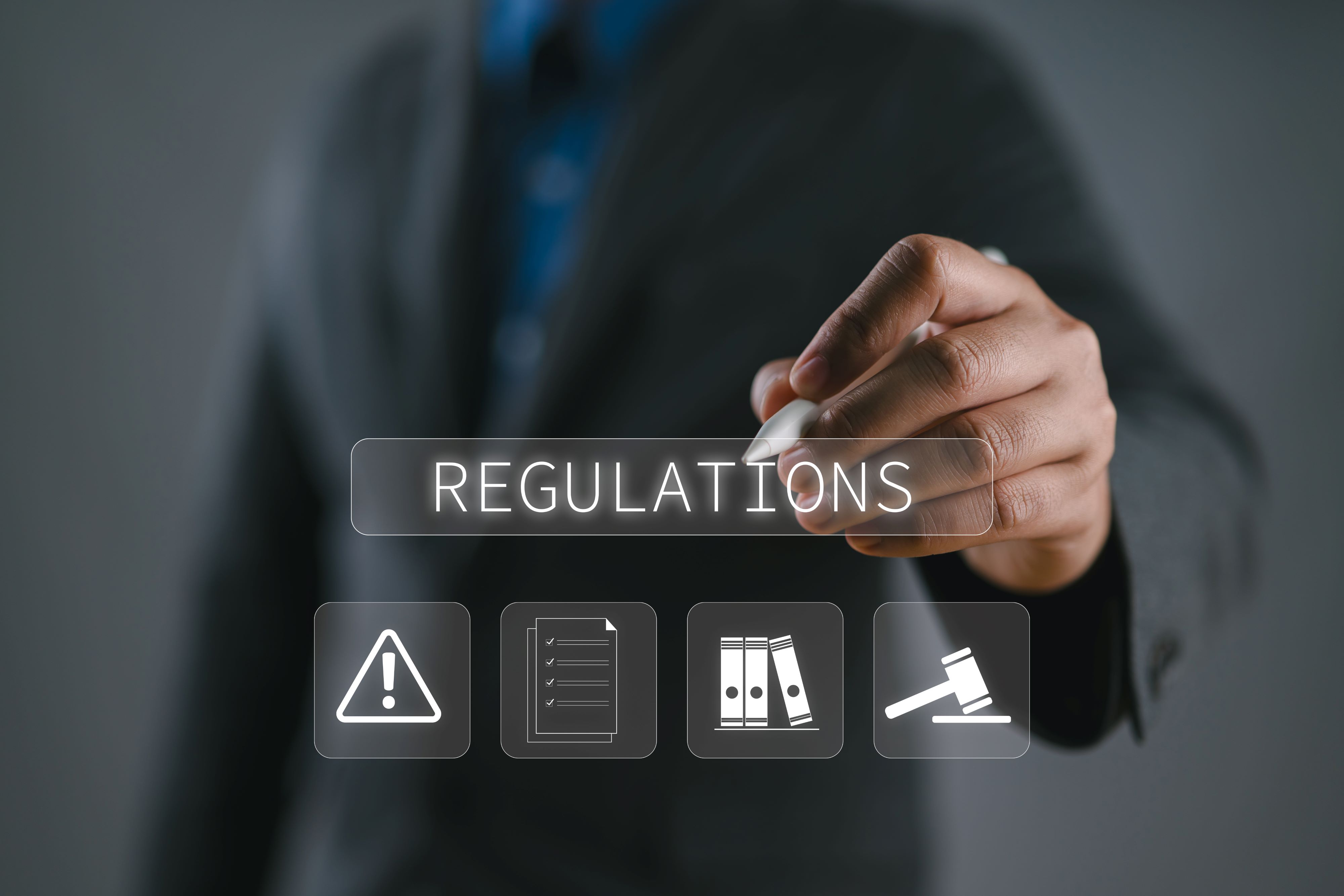January/February 2014
ON ETHICS
Ethical Culture Grows as Business Priority, Survey Says
Rapidly changing technology and globalization is making it harder for firms to maintain and expand their client base. It’s no longer just good enough to provide high-quality services. Clients are also demanding that companies provide services while operating in a transparent and ethical manner. A survey of ethics and compliance program leadership, conducted by LRN Corp., highlights how firms can boost the effectiveness of their ethics and compliance strategies.
Survey participants listed the following as the top five ethics and compliance program goals for their companies:
- Meet all regulatory requirements for effective ethics and compliance programs and best practices (76%);
- Promote alignment between core values and day-to-day operations (66%);
- Increase employee comfort with speaking up (66%);
- Strengthen the ethical culture (64%); and
- Strengthen ethical leadership (61%).
The report offered the following recommendations to help firm leaders improve ethical culture:
Be Deliberate and Intentional About Culture to Drive Opportunities.
It is important for organizations to move beyond an essentially defensive mindset. Organizations need to become more deliberate, intentional, and strategic in how they approach culture.
Ensure You Get the Resources You Need and Make Them Visible.
It is vitally important that ethics and compliance programs have the oversight, autonomy, and resources to meet challenges. Make sure to maintain an ongoing record of your ethics and compliance budget and expenses in order to demonstrate the appropriateness of your resources.
Align Ethics and Compliance With Corporate Goals.
Growth, cost-cutting, and innovation could drive misconduct. Ethics and compliance leaders must design their program goals to support the company’s strategic imperatives.
Rework Ethics and Compliance Metrics.
It is vital to measure outcomes, not mere activities. A principles-based approach to developing and applying metrics can help to ensure that the data derived from assessments is relevant and significant in analyzing a program’s effectiveness.
Spot Dangerous Undercurrents.
Rather than investing in more controls, ethics and compliance leaders are better off developing training that teaches the importance of ethical decision-making and raises risk awareness of unintentional but unethical behaviors.


 Volunteering at NSPE is a great opportunity to grow your professional network and connect with other leaders in the field.
Volunteering at NSPE is a great opportunity to grow your professional network and connect with other leaders in the field. The National Society of Professional Engineers (NSPE) encourages you to explore the resources to cast your vote on election day:
The National Society of Professional Engineers (NSPE) encourages you to explore the resources to cast your vote on election day:



